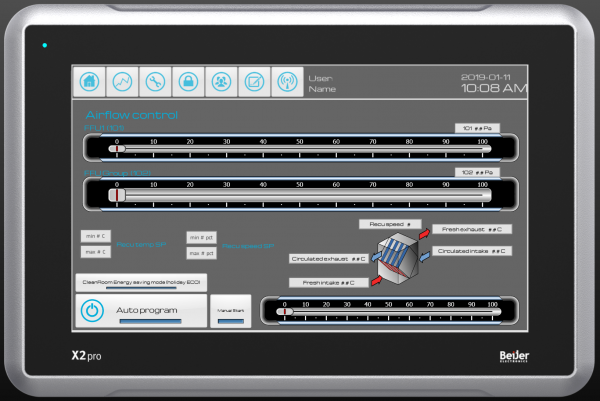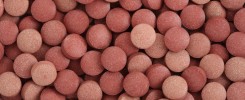For most humans on this planet a cleanroom associates with a clean room – well swept and mopped. Until recently, in the industrial world a cleanroom meant an area for production of high technology components (for e.g. phone, computer chips, pharmaceutical and biotech products). For the others the term related to medical facilities like hospital operational theater.
However, today there are no limits to the use of cleanrooms. Since ISO published a new version of its ISO 14644 standard in 2015, cleanrooms and associated environments became a ‘must have’ item on every company’s list producing food supplements, cosmetics or even processing food to achieve top level safety results. The significance of cleanrooms reached the level where different industries started develop their own standards to design, install, test and use production facilities.
When it comes to controlled environments there are four major sources of contamination:
- – operators (people);
- – working equipment;
- – raw and packing materials, final product;
- – and air handling system.
Our company have faced (and most of production companies who are reading this post) practical implementation issues of the air handling system without actual in-house technical capabilities. In a nutshell, here is our situation:
- – two liquid filling and a powder pressing departments;
- – manufacturing of diverse products at different periods;
- – a need for constant humidity of 40-60%;
- – a need for short term humidity of 20%;
- – a need for real time air quality parameter control.
We decided to go for MUNTERS desiccant dehumidifier and high pressure purified water spray. Both pieces of equipment are easy to maintain and control to achieve stable results with 10.000 cubic meter of Air Handling Unit (AHU).

Our goal was to achieve ISO8 class cleanrooms for air particles. Therefore, we chose Class 5 air filtration at air exhaust grilles to take the biggest share of powder out from piping. In the next stages we have Class 7 and 9 filters to achieve a full cascading air cleaning system. The final filtration in cleanrooms is with HEPA 14 filters. Yes, we could have used HEPA 13. But H14 filters clean out higher particle levels and absorb more. This gives filter lifetime of about 8 to 10 years. All filters stages are controlled by pressure difference electronic devices which give alarm if clogging level is too high while HEPA filters work in conditions where no particles can congest them. In such a way we have the same air exchange volume with constant air quality parameters to control product contamination. There is yearly maintenance cost associated to the testing of the system to assure CONSTANT high quality of the final product.
We partnered with LS Consult who provided the consultancy, installation and maintenance services. It helped to reduce operational costs of hiring and training qualified personnel who would often be idle after the project is realized.


